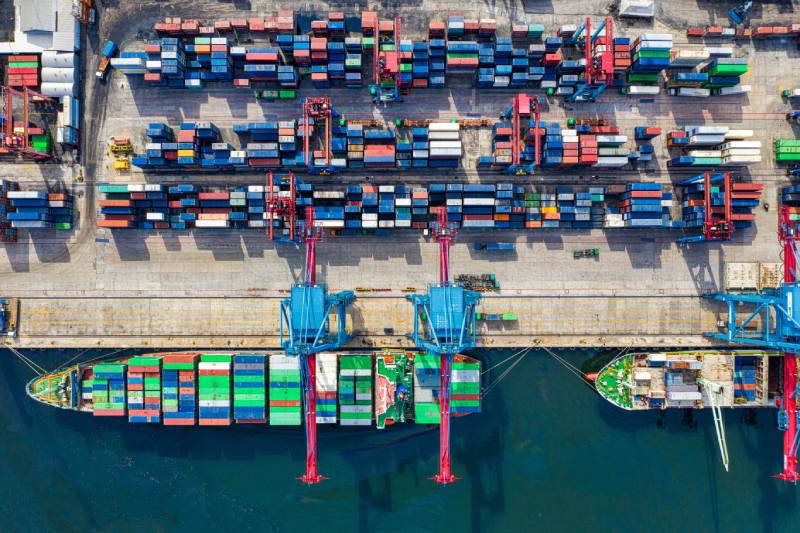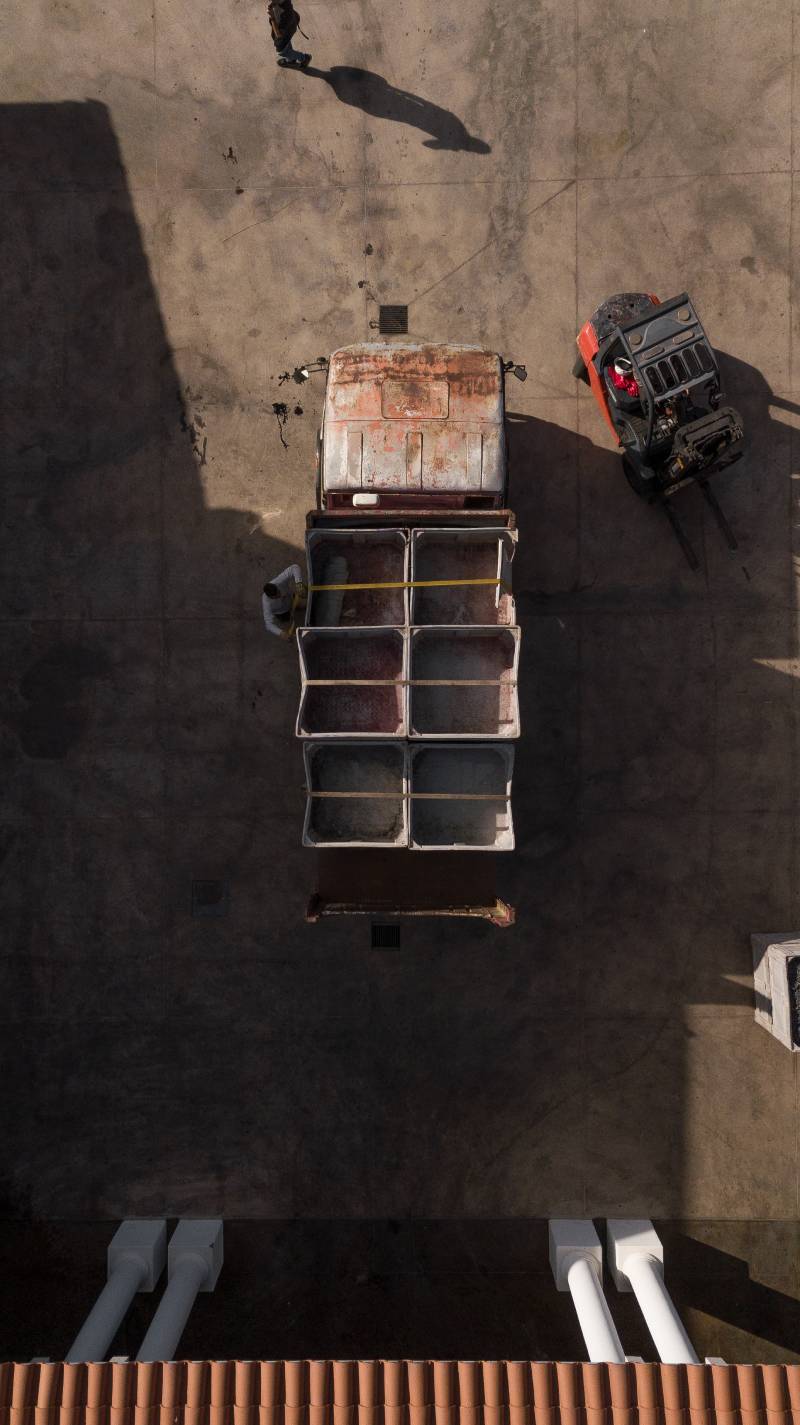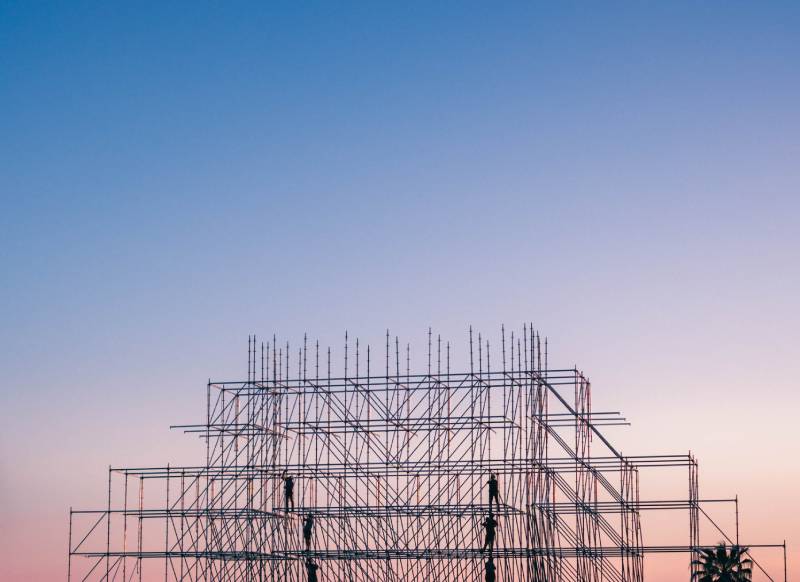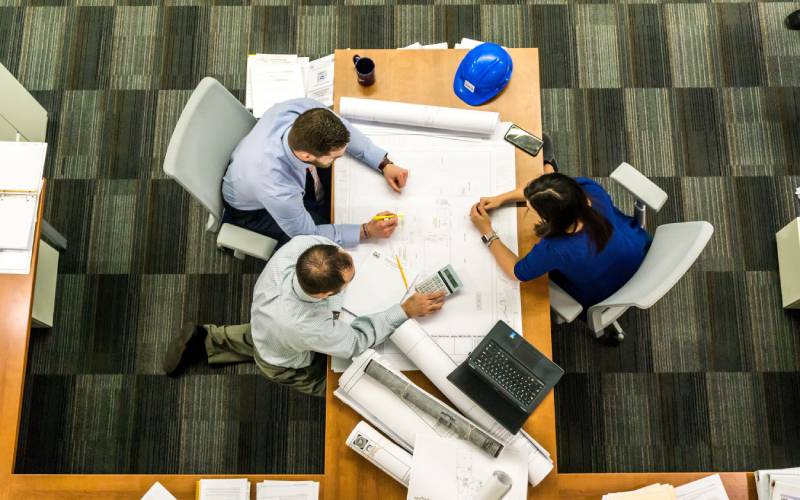
Overcoming Supply Chain Issues in Construction
There are plenty of supply chain issues in construction, but the good news is that they’re not insurmountable.

The construction industry is currently facing a lot of supply chain problems.
Countless industries are still reeling from the impact of COVID-19, and the construction industry is no different. Not only is there a skilled labor shortage in the industry, but there are also many supply-chain issues in construction, as the supply chain hasn’t fully recovered.
Construction contractors have never had an easy job, but these ongoing building materials supply chain issues only complicate things. Fortunately, you aren’t entirely at the mercy of the construction material shortage 2022. We have a few strategies for overcoming supply-chain challenges, but first, let’s dive into what exactly is happening.
What Are the Current Construction Supply Chain Issues 2022?

Supply chain issues are becoming frighteningly normal.
Ever since the onset of COVID-19, the supply chain has been under a lot of pressure. Ports have been clogged, drivers have been leaving the industry, and factories have closed for long periods. While things have certainly improved, we still haven’t fully recovered.
Supply chain delays have become the norm—not the exception. As a result, supply is low for countless products, and prices are soaring. People are paying through the nose for materials only to be stuck waiting for months. It’s stressful, frustrating, and expensive. And on top of that, construction demand is high.
Construction building materials are often delayed by months. Unfulfilled orders are at all-time highs. However, new orders are constantly pouring in, which means they’re joining the back of a long waiting list. Essentially, today’s physical inventory is 20% lower than pre-pandemic levels, whereas the price is 12% higher.
What Is the Impact of the Construction Material Shortage 2022?

As a result of the building materials supply chain issues, project costs are on the rise, and construction contractors have their work cut out for them when it comes to staying within budget. After all, many materials are priced at all-time highs. On top of that, shipping fees are quite high.
So, companies are paying eye-watering prices for items with limited stock that were quite common and cheap a few years ago. Now, they’re expensive and have extended lead times, and it’s having a major ripple effect on projects. After all, you can’t complete a build if your roofing materials never arrive! So, project managers are forced to schedule everything around material deliveries, many of which are unexpectedly delayed.
It’s the same situation for construction equipment. The average lead time for construction equipment is roughly three times what it was back in 2019. So, 2022 orders are now being pushed out to 2024, and prices are rising. Those who cannot wait are paying a premium and stretching their budget to meet project milestones on time.
6 Strategies Companies Are Using to Combat Supply Chain Issues in Construction
Supply-chain problems are having a massive effect on the construction industry, but you can do a few things to mitigate risks and ensure that your build is as smooth as possible.
Study up on the Supply Chain
The supply chain is complicated, but it can significantly impact your project. So, while you don’t necessarily need to know the minute details of the supply chain, you need to know the basic ins and outs.
Know where your building materials, parts, and equipment are coming from. Stay current on conflicts, labor issues, material shortages, and other issues that could worsen your supply chain. Also, look into your suppliers’ sources. After all, if they’re all using the same brand and that company happens to hit a snag, you’ll be left with nothing.

Hire Supply-Chain Managers
If you’re not already an expert in the supply chain and don’t have the time to become one, why not hire someone who is?
Many construction companies are hiring people with degrees in supply-chain management or, even better, experience in supply-chain management. While hiring a professional supply-chain manager is undoubtedly an investment, it can be worthwhile. Supply-chain managers are well-versed in the supply chain and are ready to tackle the construction material shortage of 2022, and additional problems that come their way.
Think Ahead
If you don’t think about the future, you’ll never be prepared. So, you must consider what you’ll be doing in three to six months. Order materials as soon as possible—especially those that will be hard to come by. This way, you can lock in current costs and delivery windows and avoid unnecessary delays later. Also, don’t forget to order locally when possible, as this can drastically reduce lead times.
It’s the same when it comes to construction equipment. Lead times are long these days, so you need to let equipment suppliers know what you need long before you actually need it.
Be Flexible
Amid the construction supply-chain issues of 2022, the importance of being flexible cannot be overstated. In some cases, a contract may require a specific material. However, if that material is in low supply and high demand, it may end up being three times its usual cost and take five months to arrive. Not only could this throw off the materials budget, but it could disrupt the entire project’s timeline.
However, it’s a completely different story if you can work with your client to build flexibility into the contract early on. Instead of paying a premium and waiting for months, you could seek cheaper, readily available alternatives. For example, a different brand might do the job just as well for a fraction of the cost and shipping time. This way, you can avoid significant delays and complete your project on time. Just make sure to conduct several safety or performance tests.

Work with Architects and Engineers Early On
It’s also a great idea to communicate with architects and engineers during the design phase. Let them know which materials will likely be unavailable when it comes time for procurement. Some may be unwilling to alter their plans, but many will be willing to select appropriate alternative materials that don’t compromise their vision. If you don’t ask, you’ll never know.
Embrace New Technology
Adopting new technology can also help with effective construction supply-chain management and project management. For example, some software can provide construction contractors with everything from tracking material shipments and inventories to automatically reordering materials when stock is low.
Investing in supply chain risk management (SCRM) software can also make a big difference. Many SCRM solutions include event monitoring, what-if scenario modeling, supply chain mapping, and contractor or supplier assessments. With the help of SCRM, you’ll be able to check that your suppliers and subcontractors have the appropriate training, qualifications, and insurance.
You can also use supply chain management (SCM) software, a.k.a. logistics software. These solutions make procuring materials, equipment, and even services much easier. SCM software also enables all parties to access the same data in real time.
Be Honest
Finally, be honest in communication. Don’t be over-optimistic and promise clients an unrealistic date or budget if you can’t deliver.
Also, if things change due to an unexpected supply chain disruption or worker shortage, keep clients in the loop rather than in the dark. They probably won’t be happy to hear that their deadline or budget won’t be met, but it’s important to be transparent throughout the entire process—even when things go wrong.
The Construction Industry Forecast 2023

2022 hasn’t been easy, and the construction industry forecast 2023 means that next year looks equally challenging. After all, backlogs build up quickly but take a long time to clear. So, although delays caused by transportation and international shipping problems are becoming less common, there’s still an ongoing shortage of many materials that likely won’t be resolved soon.
Similarly, construction equipment suppliers don’t expect supply issues to be resolved until late 2024, and many are already pushing orders into 2024. The construction industry forecast 2023 suggests that next year is shaping up to be difficult for construction contractors to navigate.
Overcome Supply Chain Issues in Construction With AMAST’s Help
Ever since the onset of the pandemic, building materials supply chain issues have been wreaking havoc on the construction industry. Between the long lead times and soaring prices, construction contractors haven’t had an easy go of it.
Unfortunately, it looks like the supply-chain problems in the construction industry are here to stay for the foreseeable future. In the meantime, using proper construction supply-chain management tools, learning about the supply chain, hiring supply-chain managers, and remaining flexible can help you overcome many of these issues. You can also use a B2B online marketplace like AMAST to find construction materials.
AMAST is your one-stop shop for construction materials. We have over 400 vendors and more than 300,000 SKUs. So, whether you need ceiling fans or cement blocks, you’ll be able to find them quickly on AMAST’s user-friendly website.
Not only will you save time by using AMAST, but you’ll also save money. It’s a win-win, so get started with AMAST today to start overcoming the ongoing supply-chain issues.